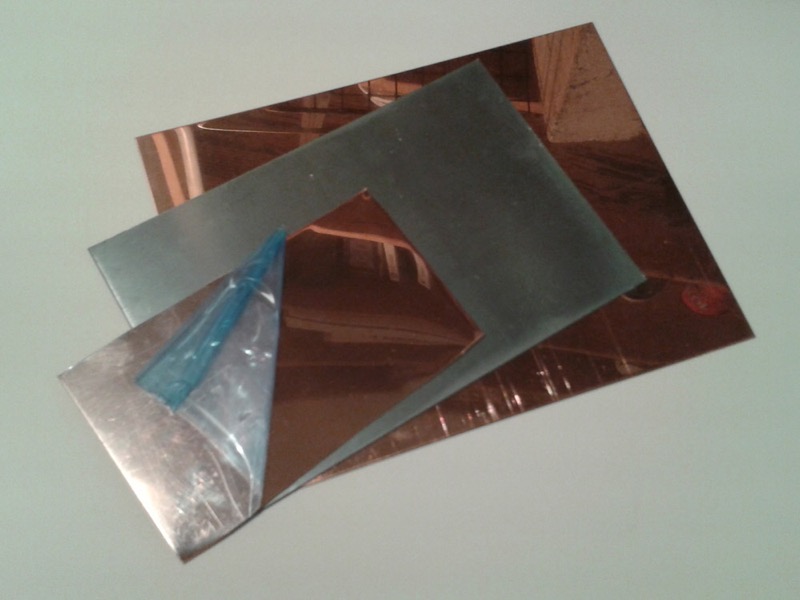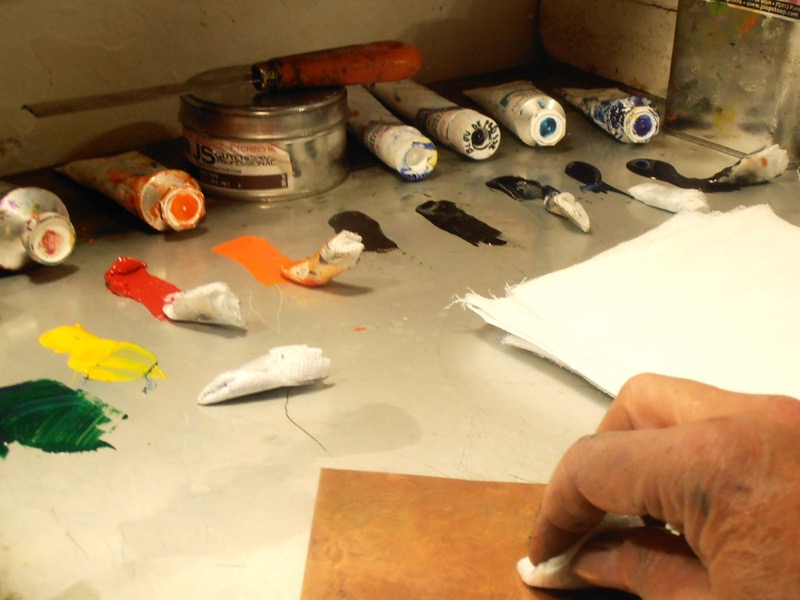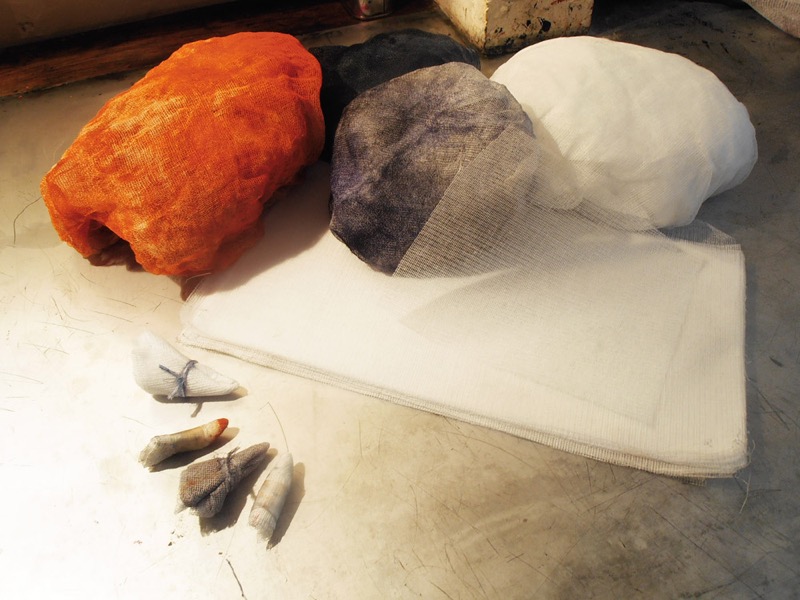There are many varieties of paper. The most popular are 100% cotton rag papers, which are acid free and produced at paper mills. For engraving, the grammage of the paper, which represents its weight per square metre, ranges from 160 grams to 300 grams.
For tests, which are often numerous, it is better to use a fine paper. Light or white in colour, make sure the surface of the latter is not too granular, so that it will absorb the ink well during printing.
The paper must be dampened, preferably the night before, then it must be drained and pressed.
The paper must be dampened, preferably the night before, then it must be drained and pressed. It must be flexible and damp, but with no traces of water. To start off in the art of engraving, you can use Canson® Barbizon. This quality paper is perfectly suitable for all the major fine art techniques (Engraving and Embossing, Crimping, Intaglio, Stencils, Lithography, Screen printing, Typography). When you are more experienced, you can use Canson® Edition. This 100% cotton paper will give you full satisfaction, whatever technique you use!



